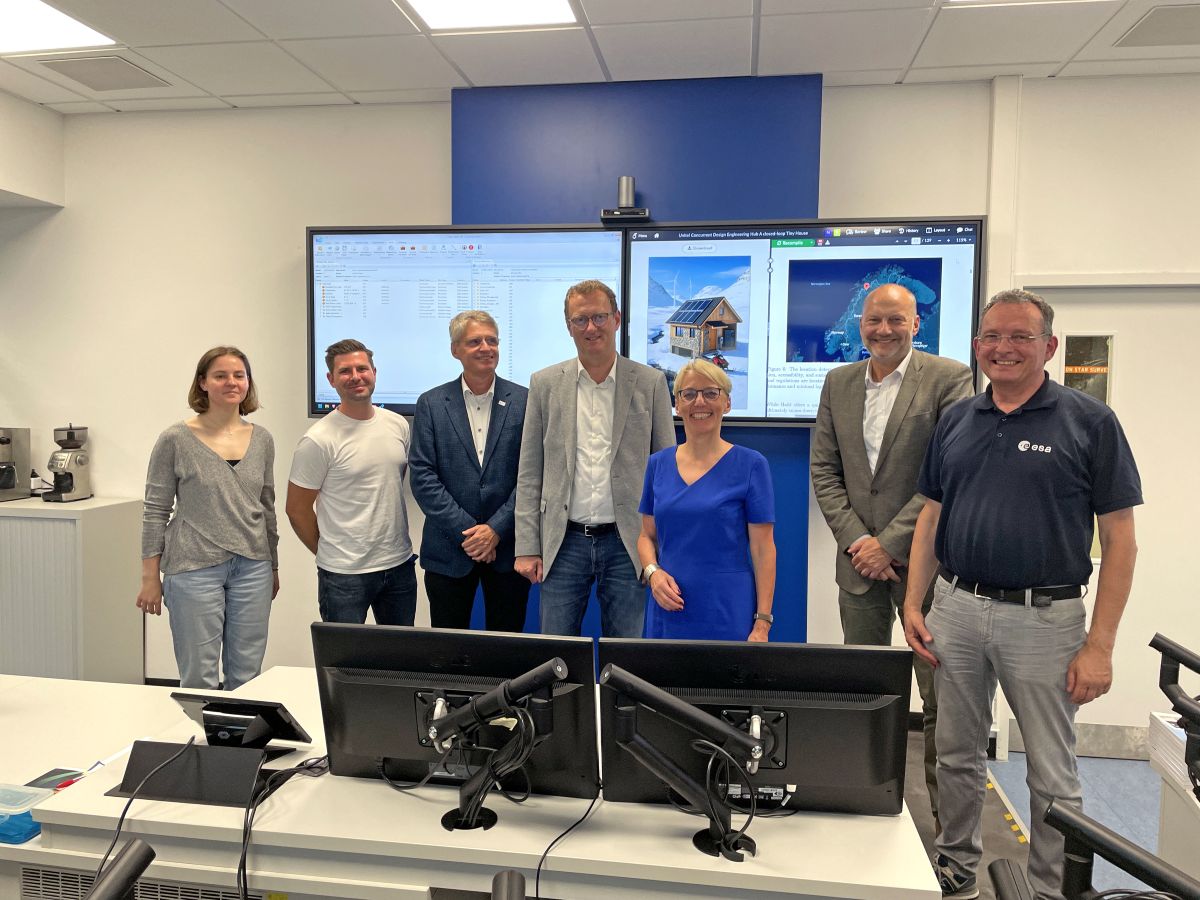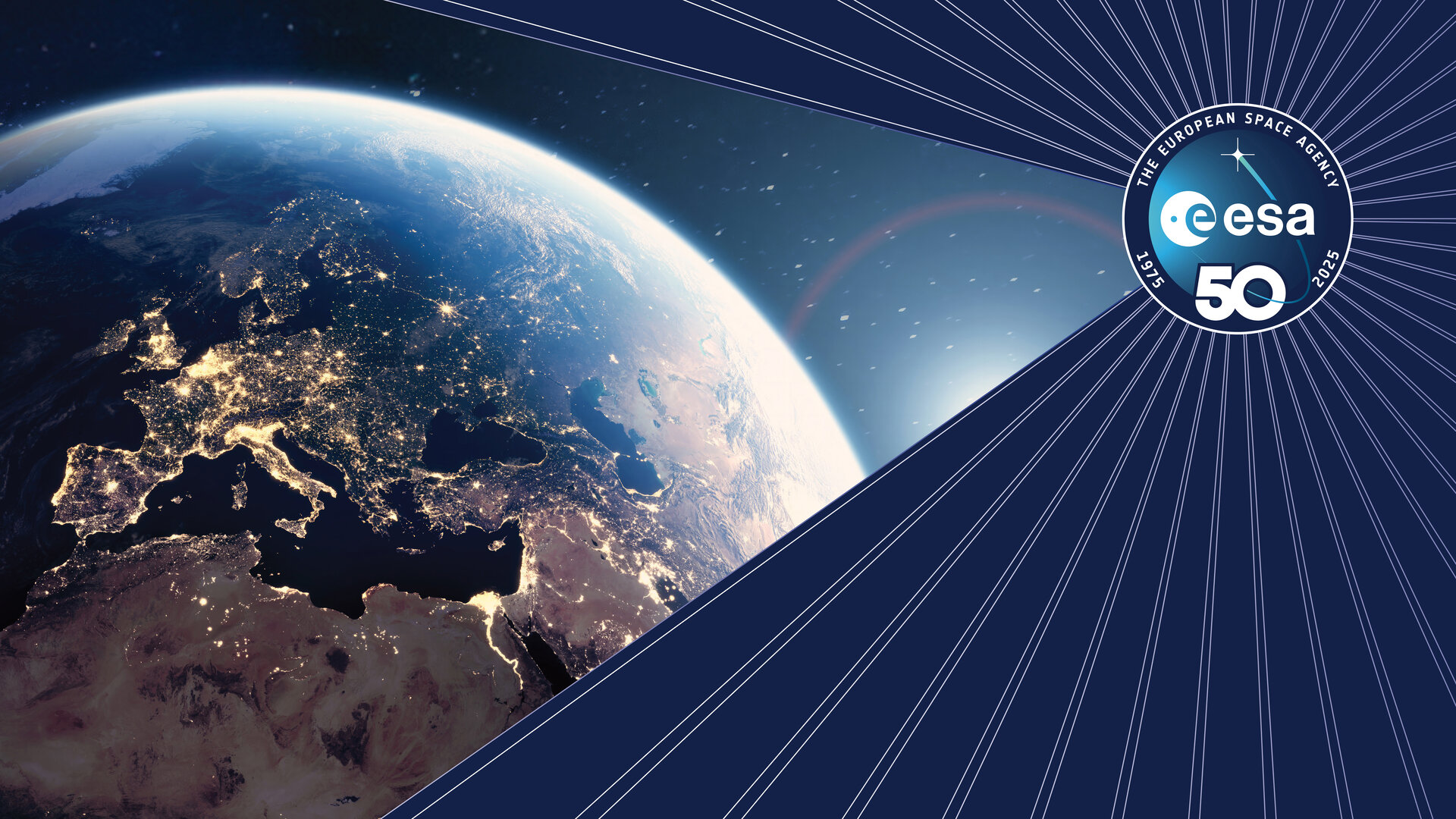Next-generation mission control system passes key test
From satellites monitoring Earth’s landmasses, oceans and climate, to space telescopes peering back in time to answer fundamental questions about our universe, every spacecraft mission relies on sophisticated software systems to process commands, send back and store data, perform automated tasks and much more.
ESA is launching more missions today than ever before and the Agency is confronted with the obsolescence of the current generation system design. Developing new systems for future missions and maintaining the aging software used by older missions has become increasingly costly and unsustainable.
A powerful European toolbox…
Together with European national space agencies and partners from the European space industry, ESA led the design and development of a set of common software tools and associated infrastructure that could be used across Europe to support the integration, validation, modernisation, monitoring and control of new spacecraft and ground stations.
The result of this ambitious initiative is the European Ground Systems Common Core (EGS-CC), a collection of generic, customisable and compatible tools that will be made freely available to European entities.
Widespread adoption of EGS-CC will improve the flow of information between different companies and space agencies involved in different stages of a mission (design, assembly, in-flight operations etc.), help the European space sector more quickly adopt new technologies, and ensure the continent’s place at the competitive forefront of space exploration.
…for when failure is not an option
The EGS-CC toolbox was recently put through its paces at ESA’s ESOC mission control centre as part of a ‘Readiness Review’ to assess whether the infrastructure is ready to be deployed on a larger scale at the Centre.
Engineers developed an entire and entirely new control system for the ESA/JAXA BepiColombo spacecraft using EGS-CC tools and validated it against the satellite’s simulator – an exact digital replica of the real mission designed to support operational verification of any space-ground interaction.
BepiColombo is more complex than most missions, consisting of two spacecraft from two different space agencies that will separate when they arrive at Mercury, each with an array of subsystems and instruments that need to be monitored and controlled during the seven-year journey and after arriving at Mercury.
It is also so far from Earth that it is impossible to communicate with the spacecraft in real time. Mistakes cannot be fixed quickly, and the EGS-CC-based monitor and control system had to demonstrate that it was robust and reliable enough to handle a very demanding situation.
“We were really impressed with the results,” says Klara Widegård, Project Manager for implementations related to EGS-CC at ESOC. “Our spacecraft operators could see that a satellite monitoring and control system built using EGS-CC tools has the potential to handle very challenging ESA missions.”
Next steps
This is the first time that a system built on EGS-CC has been validated on a large ESA mission from end-to-end for its post-launch related use cases – from its initial design, to its use for the in-orbit operations of an entire spacecraft under representative conditions.
Tests taking place this month include a simulated Launch and Early Operations (LEOP) test scenario at ESOC, in which as many as 40 people will make use of the same EGS-CC-based system at once to replicate the demanding launch conditions.
Later this year, a control system built on EGS-CC will be used for the first time to conduct ‘shadow operations’ for the in-orbit satellites of ESA’s Swarm constellation, in parallel with the mission’s current system.
EGOS-CC
The scope of EGS-CC is vast. It provides support for pre-launch activities, such as the integration and validation of the space segment, as well as for post-launch activities, such as execution of spacecraft and ground station monitoring and control operations.
The customisation, adaptation and extension of EGS-CC to enable support of post-launch activities at ESOC is coordinated under the ‘EGOS-CC’ project. The project also oversees the development of additional interfaces and tools that are specifically required to support advanced operations concepts (e.g. file based operations) of ESA missions. These are built on top of EGS-CC and could be licensed to other users of the shared infrastructure in future.
ESA is also involved in the development and validation of the pre-launch tools, primarily via its ESTEC technology centre.



